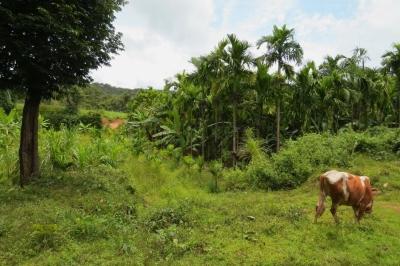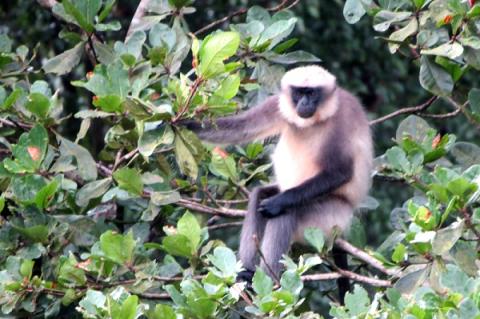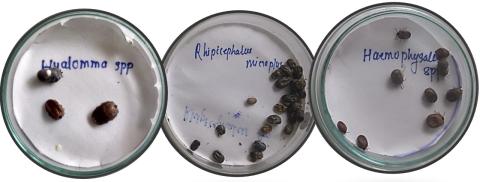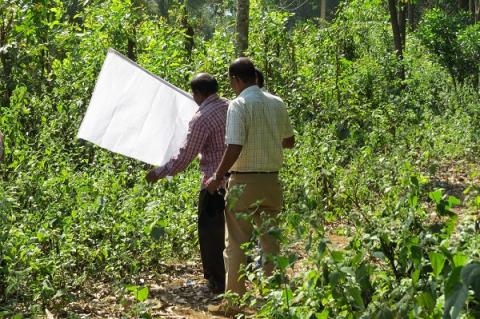How is KFD linked to fragmented forest landscapes?

Kyasanur Forest Disease occurs throughout the forested regions of the Western Ghats, an area associated with high biodiversity and complex ecological communities.
Human KFD cases have been reported from evergreen, semi-evergreen and moist-deciduous forests spanning gradients from closed to open forest, fragmented by shrubland and cropland, including rice paddies and plantations such as Areca and Cashew, tea and coffee.
How the tick vectors and potential vertebrate host species are linked to these forest types, and which ones are key in transmitting the disease to people as forests become more fragmented is unknown.
Which ticks and mammals are involved in transmission and how?

Kyasanur Forest Disease infections in humans mainly arise from the bites of infected nymphal ticks during the epidemic period of January to June, before the onset of the monsoon.
Humans are considered incidental dead-end host for the disease. Monkeys are also susceptible to KFD and are thought to act as amplifying hosts, infecting large numbers of ticks with the virus.
It has been suggested that rodents are also important reservoir or maintenance hosts of the disease, and a number of bird and bat species also potentially play a role in KFD virus (KFDV) transmission.
Whilst cattle develop neutralising antibodies against KFDV, which suppress virus amplification, they may increase vector density by supporting adult ticks.

Haemophysalis spinigera ticks show the highest infection prevalence with KFDV and have long been considered the principal vector of Kyasanur Forest Disease, but other tick species are also likely to be involved in this disease system.
The data incriminating H. spinigera and monkeys was collected by the pioneering work of Dr Rajagopalan and others last century, since which the forest landscape has undergone substantial changes, such as conversion of forest to plantation and other crops.
Approach

We aim to gather crucial empirical data on how tick and host communities vary between villages that had KFD outbreaks and those villages where infection has not been recorded in humans.
In order to do this we are sampling ticks and rodents across forest gradients, from degraded and highly fragmented through to closed, more natural forests associated with each case or control village.
Ticks will be sampled from the forest vegetation as well as off rodents, livestock and villagers utilising the forest.
We will also evaluate how livestock and villagers move within the forest landscape and how this is related to risk of acquiring ticks.
